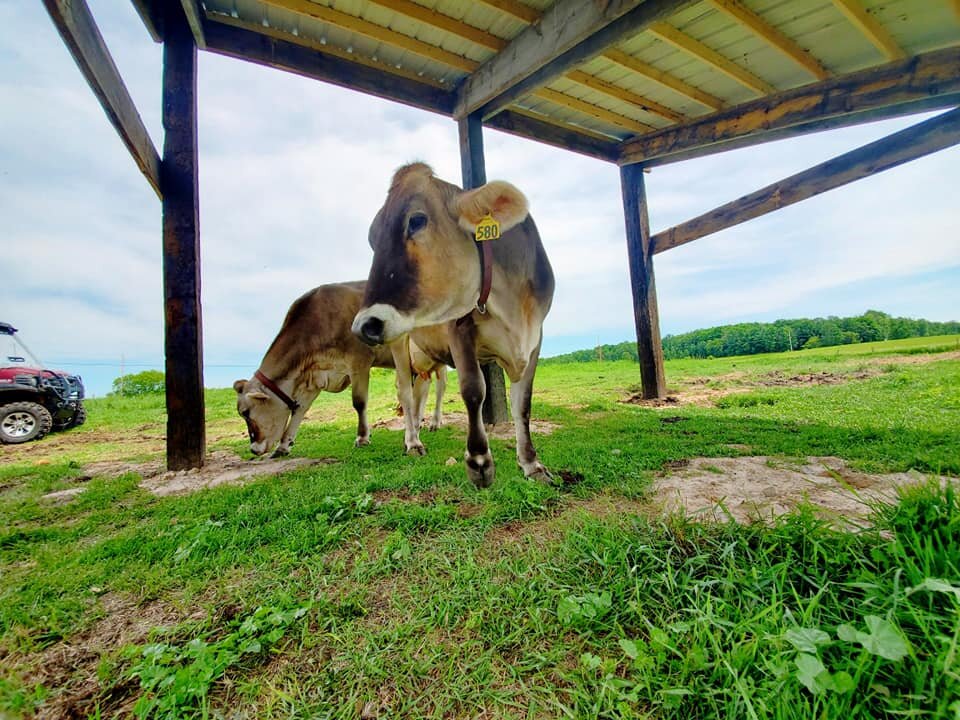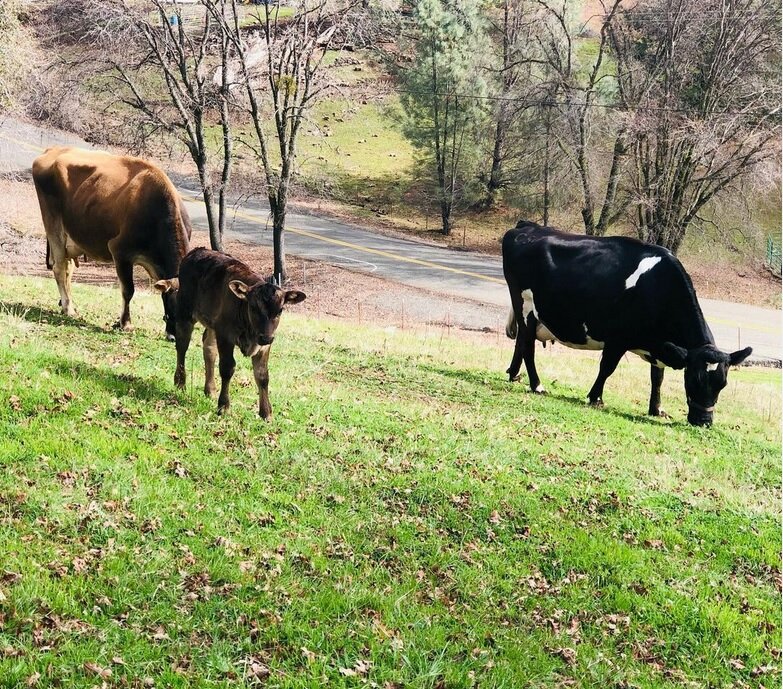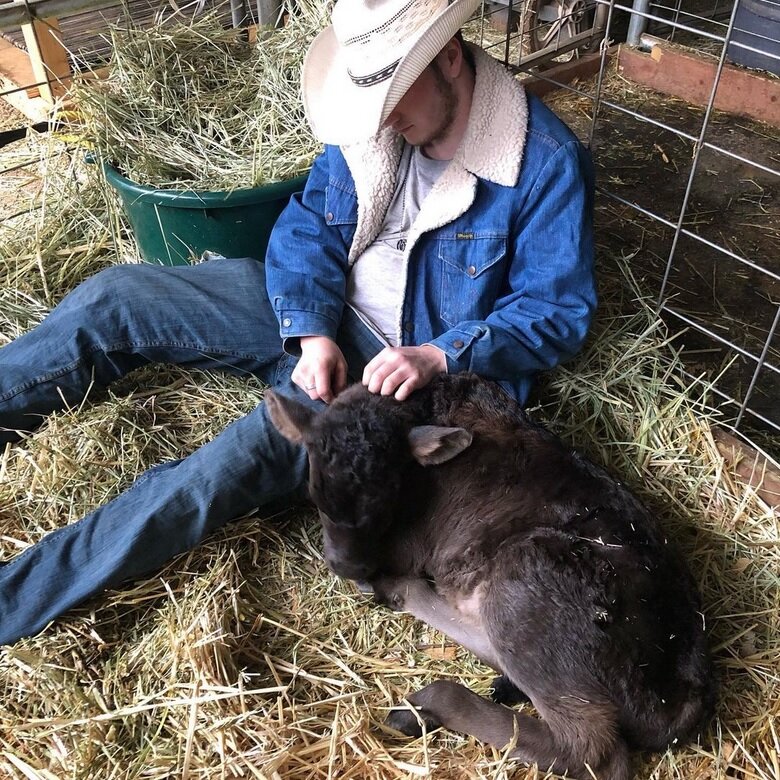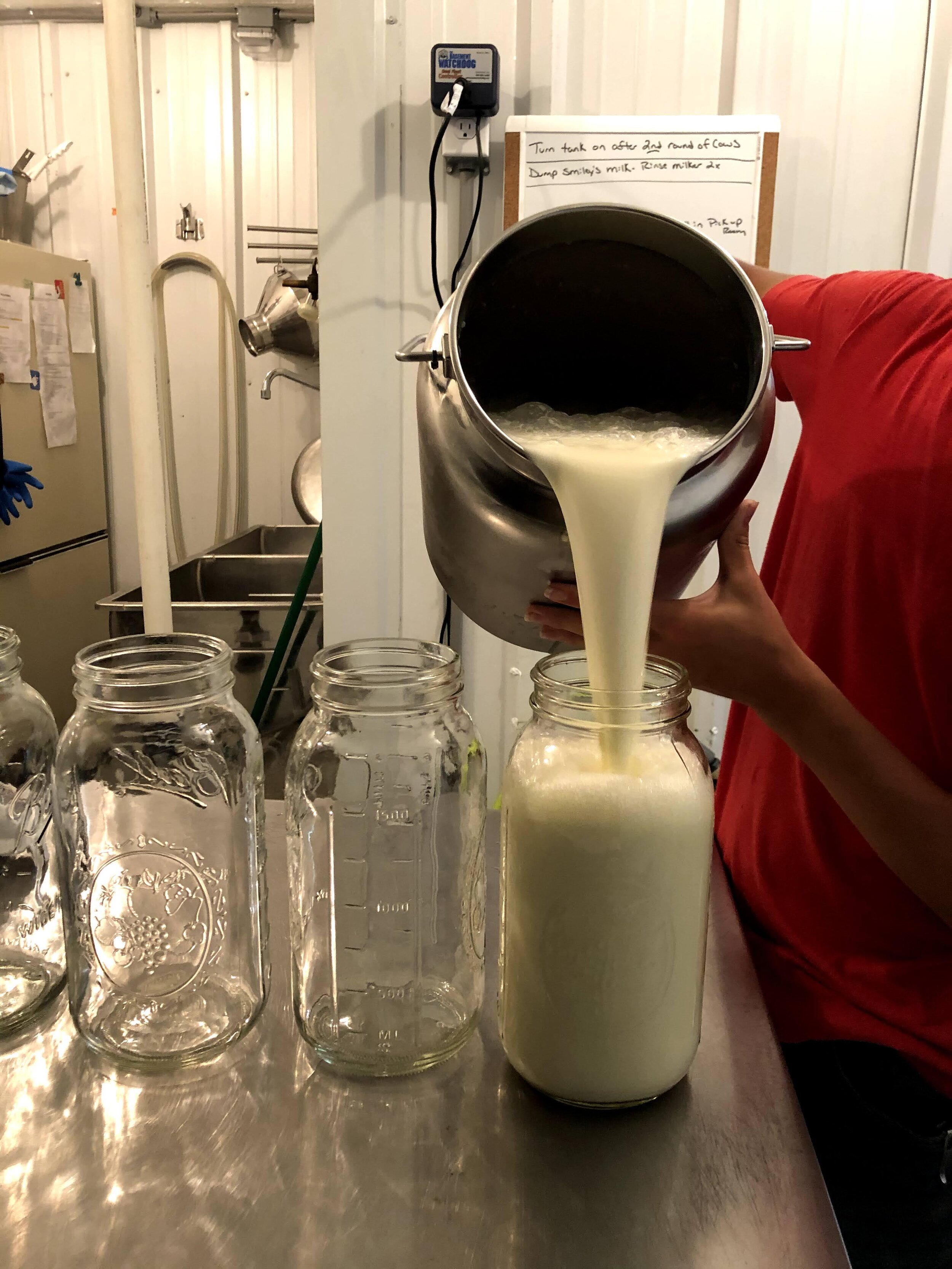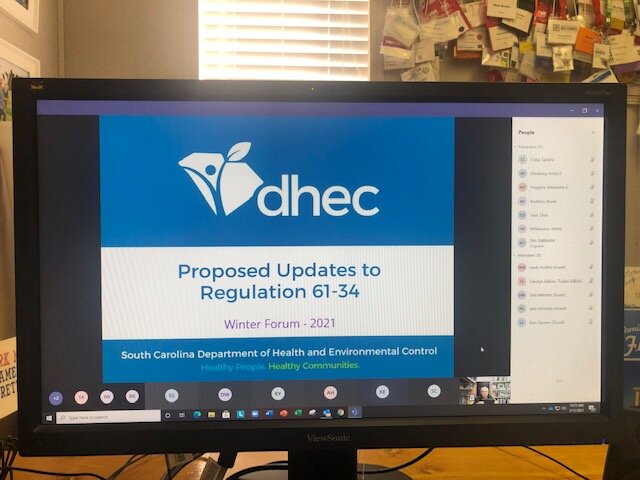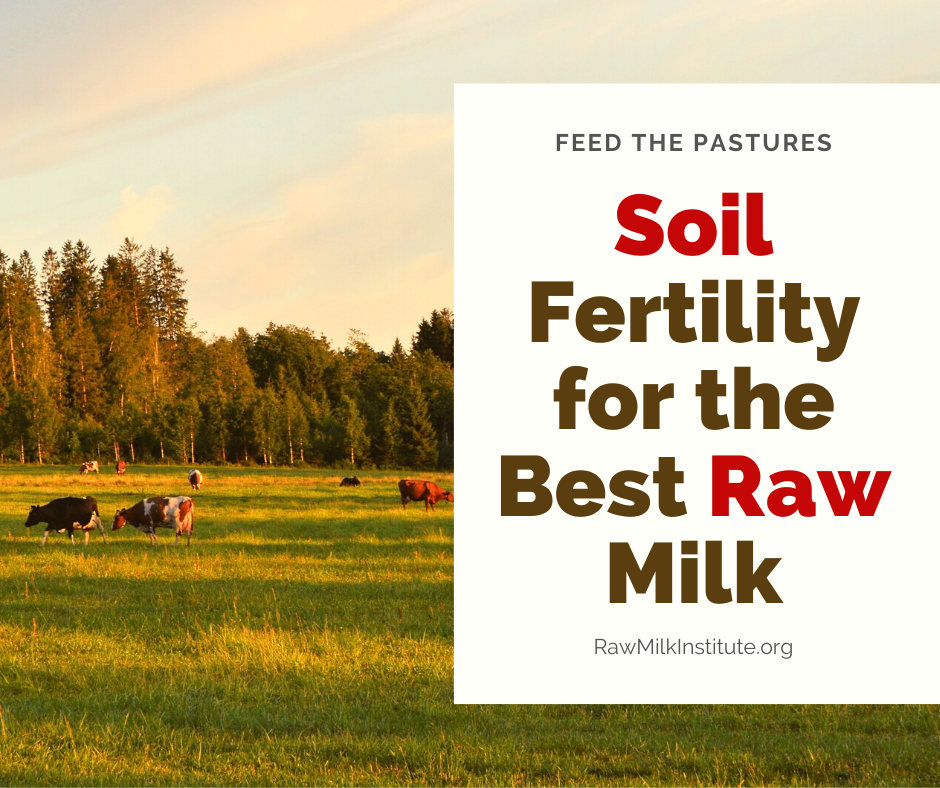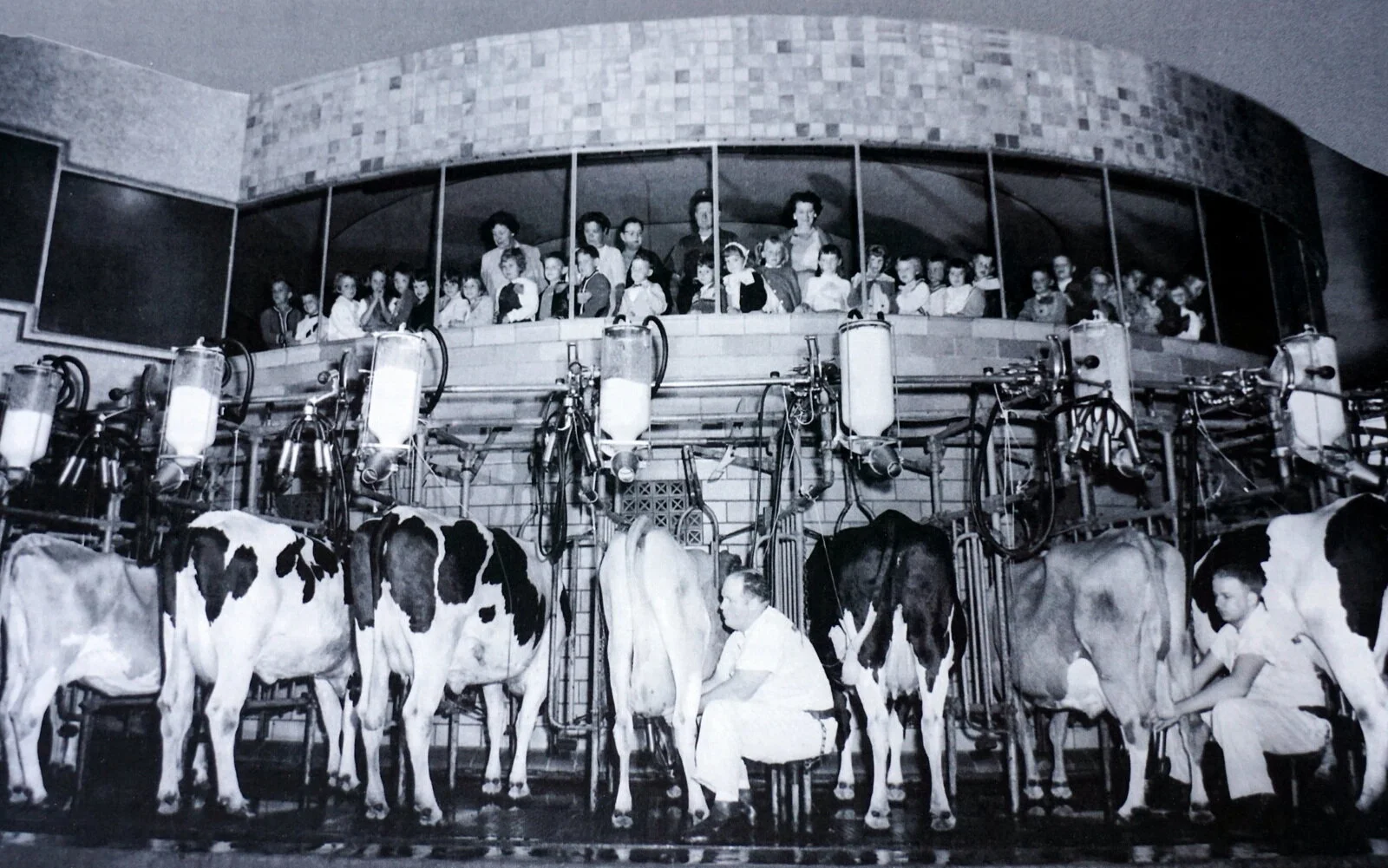At the Raw Milk Institute, we offer free mentoring to all dairy farmers. Whether they are milking one cow, a handful of goats, or a large herd, the principles of safe raw milk production form a foundational toolset that benefits all dairy farmers and their customers.
Some of the farmers we mentor choose to keep it casual, and are satisfied to just ask us a few questions before continuing their raw milk journeys. There is another set of farmers, though, that is not content to just dip their toes in the water; they want to dive right in and take their entire milk process to the next level.
For these farmers, we offer our (free) RAWMI Listing program, wherein we assist farmers in developing their own unique on-farm Risk Analysis and Management Plan, documenting their processes with written Standard Sanitary Operating Procedures, and identifying the Critical Control Points that are essential to their production of safe raw milk. RAWMI Listed farmers test their milk at least monthly for ongoing assurance that their processes are working well to produce low-risk raw milk. RAWMI Listing is the gold standard for raw milk producers.
Three farms have recently completed the RAWMI Listing process, and we extend them a warm welcome into our growing community!
The Barefoot Cow
The Barefoot Cow Farm is a grass-fed, raw milk micro dairy herdshare located in Eastern North Carolina. The Barefoot Cow is owned and operated by Kelsey and Brian Barefoot, with a little help from their 2 young children. Kelsey Barefoot is a former Critical Care Nurse who quit her nursing job to pursue her passion for a healthier life for herself, her family, and her community. Besides operating their micro-dairy, Kelsey is also an Admin Assistant for RAWMI, where she serves as a first contact for farmers and handles monthly data submissions from Listed farms.
Kelsey and Brian’s small herd of registered A2/A2 Jersey cows happily graze on 30 rotational acres of natural grass pastures year-round. The Barefoot Cow Farm is an extension of the generational family farm, as Kelsey’s parents operate Jewel Hill Farms, another RAWMI Listed farm.Kelsey helped on her parents’ farm before being mentored to carry on the family’s dedication to safe, raw milk. With their on-farm laboratory, the Barefoot Cow Farm implements a test-and-hold program for every lot of raw milk. This assures that each bottling of raw milk falls within the coliform and standard plate count (SPC) Common Standards for raw milk.
British Columbia Dairy
This micro-dairy in British Columbia is a small herdshare. (Due to the legal situation for raw milk in Canada, this farm remains unnamed on our website.) One of the farmers is a veterinarian, and animal welfare is a top priority. Their farm is small and diverse, integrating managed intensive rotational grazing, follow-the-leader animal impacts, and organic practices to naturally regenerate soils depleted by years of conventional farming. During the grazing season, they move their tiny herd of Jersey cows to fresh grass daily over 5 acres of irrigated silvopastures.
The owners of this farm intentionally returned to a lifestyle where they produce healthy whole foods and humanely raised animals. They are committed to producing clean, nutrient dense, delicious milk. As part of the British Columbia Herdshare Association, their milk is tested regularly for coliforms, SPC, and pathogens. They are excited about the opportunity to provide fresh raw milk to their family and the surrounding supportive community.
Wilson Ranch
Wilson Ranch Dairy is family-owned and operated in the beautiful foothills of the Arkansas Ozark Mountains. Their farm has grown to 429 acres with 25 A2/A2 Jerseys for milking, in addition to beef cattle and sheep. The Wilson family consists of Rob and Nan Wilson and their six children: Aaron, Rachel, Stephen, Luke, Joanna, and John. Rob is a local dentist in Heber Springs, and his son Aaron is a veterinarian that has been a tremendous asset to the Ranch.
Rob’s dental office has an in-clinic laboratory, run by a certified medical technologist. At this lab, Wilson Ranch tests every batch of milk for SPC, coliforms, and e coli 0157-H7. With their test-and-hold program, they are able to ensure that all milk sold meets the RAWMI Common Standards.



















